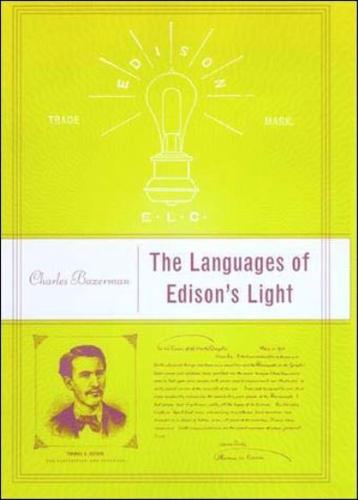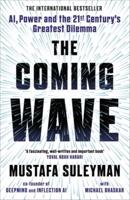Publisher's Synopsis
Technology is business, and dealing with the media, the public, financiers and government agencies can be as important to an invention's success as effective product development. To understand how rhetoric works in technology, one cannot do better than to start with the American inventor and spinmeister Thomas Alva Edison and the incandescent light bulb.;Charles Bazerman tells the story of the emergence of electric light as one of symbols and communication. He examines how Edison and his colleagues represented light and power to themselves and to others as the technology was transformed from an idea to a daily fact of life. He looks at the rhetoric used to create meaning and value for the emergent technology in the laboratory, in patent offices and courts, in financial markets, and in boardrooms, city halls, newspapers, and the consumer marketplace. Along the way he describes the social and communicative arrangements that shaped and transformed the world in which Edison acted. He portrays Edison, both the individual and the corporation, as a self-conscious social actor whose rhetorical groundwork was crucial to the technology's material realization and success.










